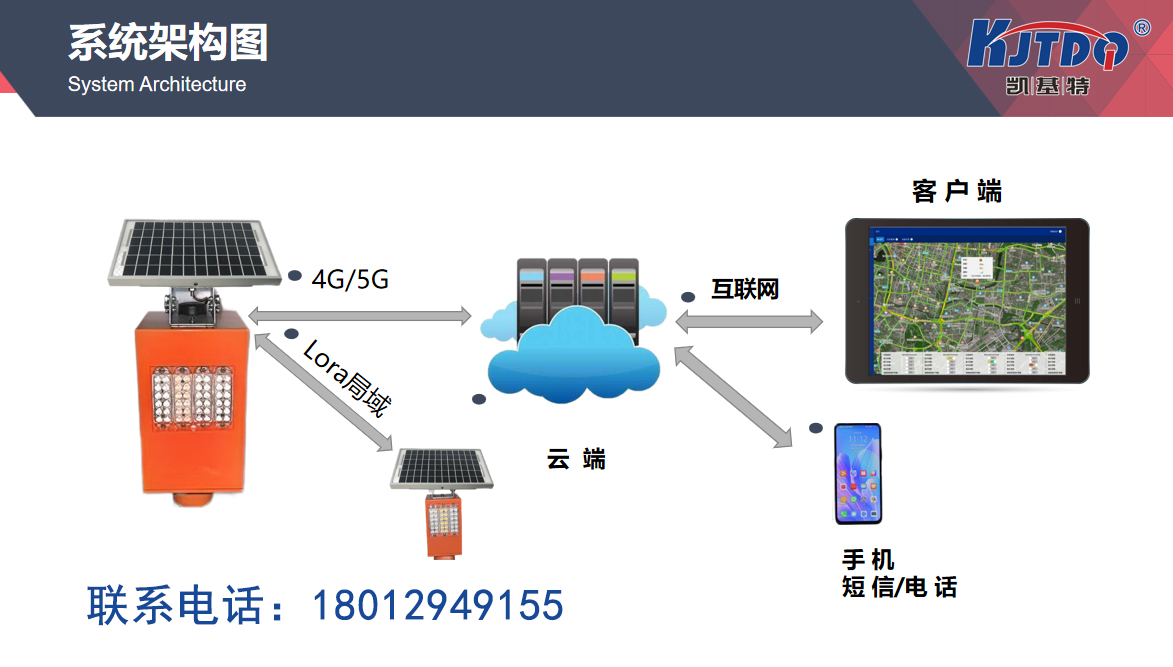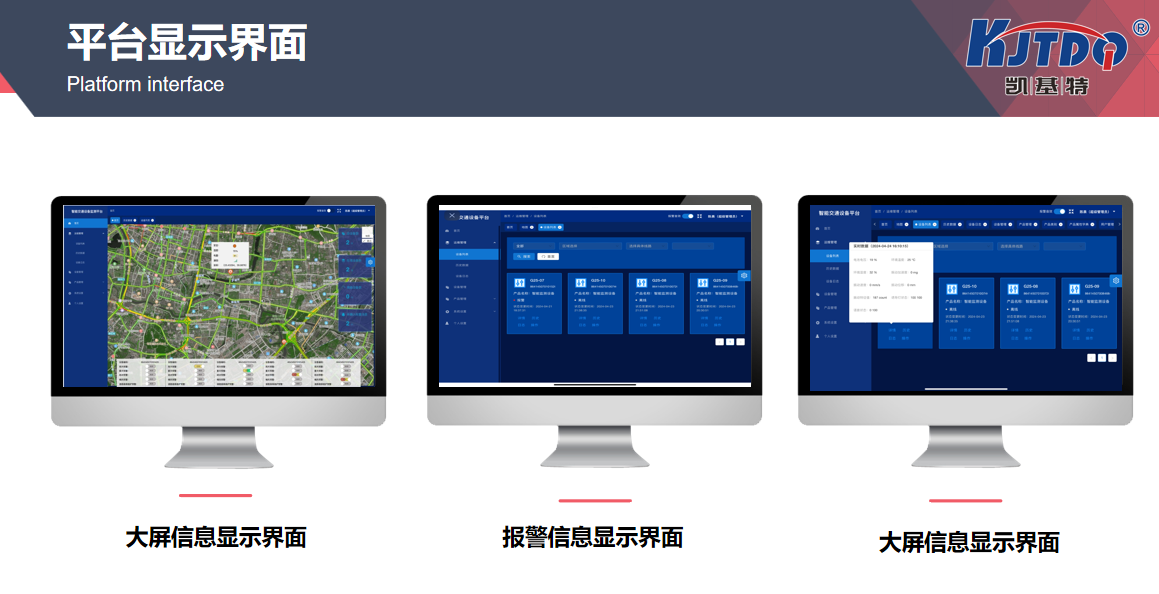In the cold winter, road icing is one of the most headache inducing issues for drivers. Especially in critical sections such as highways and bridges, ice and snow cover can cause roads to become unusually slippery, posing a serious threat to driving safety. Although traditional de icing methods are effective, they often lag behind and cannot respond promptly to sudden adverse weather conditions. In order to solve this problem, intelligent road icing prevention systems have emerged. This system utilizes advanced sensors and data analysis technology to accurately predict road icing before it occurs and take proactive preventive measures, greatly improving the safety of winter roads.

When it comes to intelligent road icing prevention systems, first we need to understand their core functions. As the name suggests, the main task of this system is to monitor key data such as road temperature, humidity, and wind speed in real-time through sensors and meteorological monitoring equipment. Once the temperature approaches freezing and the humidity is high, the system will immediately issue a warning and activate preventive mechanisms, such as automatic spraying of antifreeze or prompting road maintenance personnel to handle it in advance. This prevention method can effectively avoid the formation of ice on the road surface, ensuring the stability and safety of vehicle driving.
Someone may ask, how intelligent is this intelligent system? In fact, it is not just a simple monitoring tool, but also an intelligent platform that can automatically adjust strategies based on actual situations. For example, the system can predict the risk of icing in certain time periods and road sections in advance based on weather forecasts and historical data, and take corresponding measures. In addition, it can adjust the amount and frequency of antifreeze spraying based on real-time traffic flow to ensure safety on key road sections during peak hours. At the same time, the learning ability of intelligent systems also enables them to continuously optimize prevention strategies, gradually reduce dependence on chemical de icing agents, and achieve the dual goals of environmental protection and efficiency.
When it comes to practical applications, we have to mention some successful cases of deploying intelligent road icing prevention systems. For example, in some Nordic countries, due to the harsh winter climate, this system was introduced early and widely used on highways and major urban roads. The results show that the introduction of this system significantly reduces traffic accidents caused by road icing, not only ensuring the safety of drivers, but also reducing traffic congestion and improving overall traffic efficiency. Similarly, some cold regions in China have also begun to deploy intelligent road icing prevention systems. Preliminary pilot results show that this system does have significant effects in improving winter road safety.
It is worth mentioning that the intelligent road icing prevention system not only benefits drivers, but also provides strong support for city managers and road maintenance personnel. In the past, road maintenance personnel often relied on weather forecasts and experience to determine when to carry out de icing operations, which resulted in high work intensity and low efficiency. With the help of intelligent systems, they can more accurately grasp the real-time condition of the road surface, arrange de icing work reasonably, and reduce unnecessary resource waste. In addition, the intelligent system can provide detailed data reports to help managers evaluate the anti freezing effect and provide scientific basis for future road maintenance work.
With the advancement of technology, the technology of intelligent road icing prevention systems is constantly upgrading. Today's system can not only realize linkage with intelligent transportation system, vehicle auto drive system, etc., but also realize collaborative operation of multiple regions and systems through cloud data sharing. For example, in the future, when a autonomous vehicle is driving on a road section that may freeze, the intelligent road icing prevention system can transmit real-time road condition data to the vehicle through the cloud to help it adjust its driving speed or choose a safer route. This all-round and multi-level intelligent linkage will completely change the safety pattern of winter driving, making every trip more controllable and safe.
Of course, the promotion and application of intelligent road icing prevention systems also face some challenges. Firstly, there is a cost issue. Due to the large number of sensors and infrastructure support required for this system, the initial investment is significant, which may be an insurmountable threshold for some budget limited regions. Secondly, the maintenance and operation of the system also require professional support from technical personnel, and how to cultivate and reserve talents in this area is also an issue that cannot be ignored. In addition, the effectiveness of intelligent systems also depends on the active cooperation and feedback of road users, which requires strengthening public safety awareness education and encouraging everyone to actively understand and use this new technology during the promotion process.

Finally, I would like to say that the emergence of intelligent road icing prevention systems is an innovative attempt made by modern technology to solve traditional problems. With the continuous improvement and popularization of the system, winter travel in the future will become safer and more convenient. Both individual drivers and traffic managers will benefit from it and enjoy the dividends brought by technological progress. We have reason to believe that with the further application of intelligent systems in the field of road traffic, the problem of winter road icing will no longer be a difficult problem to solve, but a factor that can be effectively controlled through technological means. This is not only a trust in technology, but also a firm commitment to future travel safety.
1. How can the intelligent road icing prevention system be integrated with existing traffic management systems?
The original intention of designing the intelligent road icing prevention system is to seamlessly integrate with existing traffic management systems and form a comprehensive road safety guarantee system. Firstly, this system can obtain road flow, vehicle speed, accident records, and other data through existing traffic data platforms, and perform cross analysis with weather monitoring data to more accurately predict icing risks. Secondly, the intelligent road icing prevention system can also be linked with the traffic signal system. For example, when the system detects that a certain section of road is about to freeze, it can automatically adjust the traffic signals of that section, slow down the speed of traffic, and reduce the risk of accidents. In addition, the system can also be combined with road cameras, LED displays, and other devices to directly transmit real-time road condition information, warning prompts, etc. to drivers, helping them take safety measures in advance. This comprehensive integration not only enhances the effectiveness of the system, but also ensures that preventive measures can be implemented in a timely manner, significantly reducing traffic accidents caused by road icing in winter.
2. Will the intelligent road icing prevention system affect the lifespan of the road surface?
The original intention of the technology design adopted by the intelligent road icing prevention system is to minimize the negative impact on the road surface structure. Traditional road de icing methods, such as salt spraying and other chemical methods, may cause corrosion to the road surface and accelerate road aging if used for a long time. And intelligent systems, through advanced sensors and data analysis technology, can accurately determine the possibility of road icing and reduce unnecessary de icing operations. In addition, the antifreeze formula used in the system has been rigorously tested to ensure that it effectively prevents road icing while minimizing damage to the road surface. For road sections with high usage frequency, the intelligent system will also adjust the strength and frequency of anti freezing measures according to the actual situation, to avoid excessive pressure and wear on the road surface. Overall, the intelligent road icing prevention system not only does not shorten the lifespan of the road surface, but also extends the service life of the road and reduces long-term maintenance costs through precise prevention and reasonable management.
3. Can the intelligent road icing prevention system work properly in extremely cold weather conditions?
The intelligent road icing prevention system has fully considered the usage requirements under extreme cold conditions in its design. The system adopts low-temperature resistant materials and advanced sensor technology, which can maintain normal operation in extremely cold environments. For example, in the event of a sudden drop in temperature to several tens of degrees below zero, the sensors within the system can still accurately monitor the road surface temperature and humidity, and respond promptly. In addition, the system can also combine meteorological data to warn in advance of the arrival of extreme weather and take protective measures in advance, such as spraying high-efficiency antifreeze and laying anti slip materials on key road sections. Even under the harshest winter conditions, the intelligent road icing prevention system can play its due role in ensuring safe passage on the road. At the same time, the system also has self detection and diagnostic functions, which can monitor its own operating status in real time, issue timely alarms and make adjustments when problems are discovered, ensuring stable and reliable operation under any climate conditions.